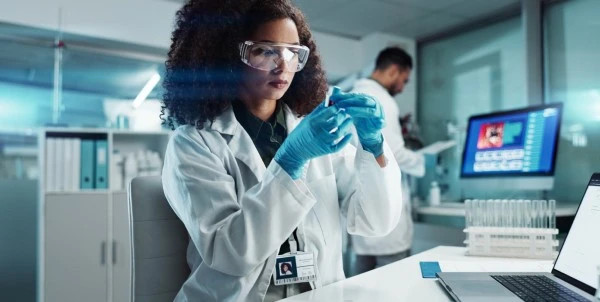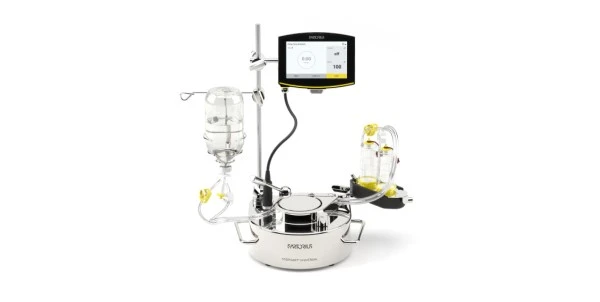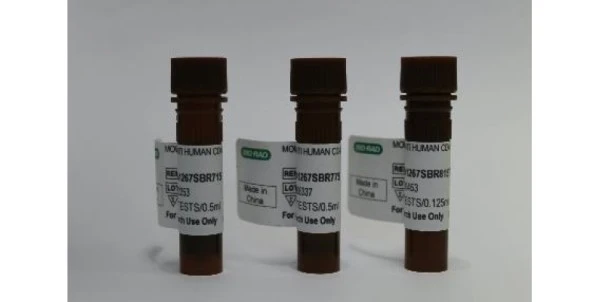
The Hemp Harvest in a Challenging Year
The cannabis industry is weathering the current storm and many positive developments are coming back into view
The hemp growing season progressed as forecasted this year, despite the pandemic challenges, and the hemp harvest season is now upon us -- time to reflect on how far the industry has come this year and what may lay on the horizon.
The Hemp Industry and the Potential for Growth
It’s been mentioned that hemp will change the world. This may eventually come to fruition as hemp-based materials have now been associated with a large number of products, including durable goods, building materials, plastics, biofuels, and even asphalt substitutes for roadways – to name just a few. In the medical world, hemp-derived drugs and supplements may prove valuable for treatment of conditions, some which have proven resistant to conventional therapies thus far. Current societal and economic challenges may give way to industrial and agricultural innovations, bringing many of these possibilities closer to reality.
A recent analysis indicated that the fundamentals of the cannabis industry remain strong, and the industry as a whole may grow to add over 130 B to the economy over the next five years. Considering the now legal status and the potential for innovations, this fares well for hemp and the possibilities a thriving hemp industry represents.
CBD: Challenges and Victories
Arguably the most popular and valuable sector of the hemp industry is CBD (cannabidiol) and CBD products. It’s common knowledge that this hemp-derived cannabinoid is appearing in an ever-increasing number of products, from infused-oils, to edibles, to topical creams, and even infused beverages. CBD products lay claim to a number of health and well-being effects, and a growing of body of research is helping to support (or refute) these claims. An area of contention in the CBD industry, beyond unsupported health effects, is the disparity in labelling by CBD product manufacturers.
The Issue of CBD Labelling Claims
Along with monitoring products for the presence of contaminants and taking action against unfounded medical claims, the FDA is now testing for the presence and reported concentrations of CBD (and other cannabinoids) in CBD products. As part of the legislation around the Farm Bill and the legalization of hemp, the FDA has instituted several phases of testing in the CBD industry. The recently released consensus report has indicated a wide range of disparities in the products tested, with less than 50% of products within 20% of the labeled CBD concentrations.
CBD Stability and Shelf Life
Of course, there are bad players in every industry and testing oversight will help in this fight… Many of the labelling inconsistencies, however, may in fact lie with the issue in CBD stability in various product formulations. A growing body of research is demonstrating the physicochemical qualities of CBD and other cannabinoids, and the challenging effects of pH, temperature, light, and other conditions on CBD solubility and stability. Shelf life is another concern. Lacking federal testing guidelines and specifications, and devoid of the necessary research, the CBD industry remains challenged by these obstacles.
CBD Research and Funding
The tides are changing and federal initiatives are infusing much needed quality control and basic research funding into the cannabis industry.
The FDA has recently partnered with the National Institute of Standards and Technology (NIST), launching a program to monitor independent testing labs and their ability to produce accurate and precise results. The Cannabis Quality Assurance (CannaQAP) initiative will assist labs with testing quality control, determining CBD concentrations in products, and distinguishing between hemp and marijuana based upon the 0.3% THC criteria established in the Farm Bill.
With regards to research, the FDA has issued draft guidance to fund cannabis-related clinical research. Several bills currently under review extend research opportunities to a wide variety of cannabis types and sources. Taken together, and considering CBD is a key compound in clinical investigations, research efforts stand to enlighten the industry with greater knowledge into CBD as a chemical and medicinal compound.
The Future for Hemp
Research partnerships are forging ahead and helping to define the future of this amazing plant. Shimadzu has partnered with Front Range Biosciences to foster cutting-edge research collaborations through the development of the FRB Hemp Science Center for Excellence. Researchers at Delaware State University have been awarded nearly 600,000 from the National Science Foundation to develop new applications for hemp. A new plant pulping method, developed by a team at UC Riverside, converts 100% of the plant to useful components – a technology that is now being moved towards commercialization. There are numerous endeavours in the works poised to advance hemp technologies, owing to increased research funding and commercial interest.
A persistent challenge with hemp cultivation has been production and harvesting of legal hemp, conforming to the FDA limitation of 0.3% THC. Innovative technologies from the public and commercial domains continue to emerge to address that challenge. There are new concerns that echo trough the industry such as the interim final rule regarding THC restrictions and what this means for hemp legality. Along those lines, the public comment process for the rule has been reopened and set to close in October 2020. There are ongoing uncertainties, as well, regarding farming requirements and destruction of non-compliant crops, time limitations for testing prior to harvest, and other issues.
The industry is still evolving and, despite these challenges, the future holds great promise. Time to enjoy the harvest and look onward to another breakthrough year.










